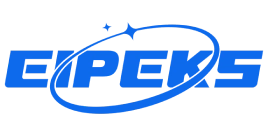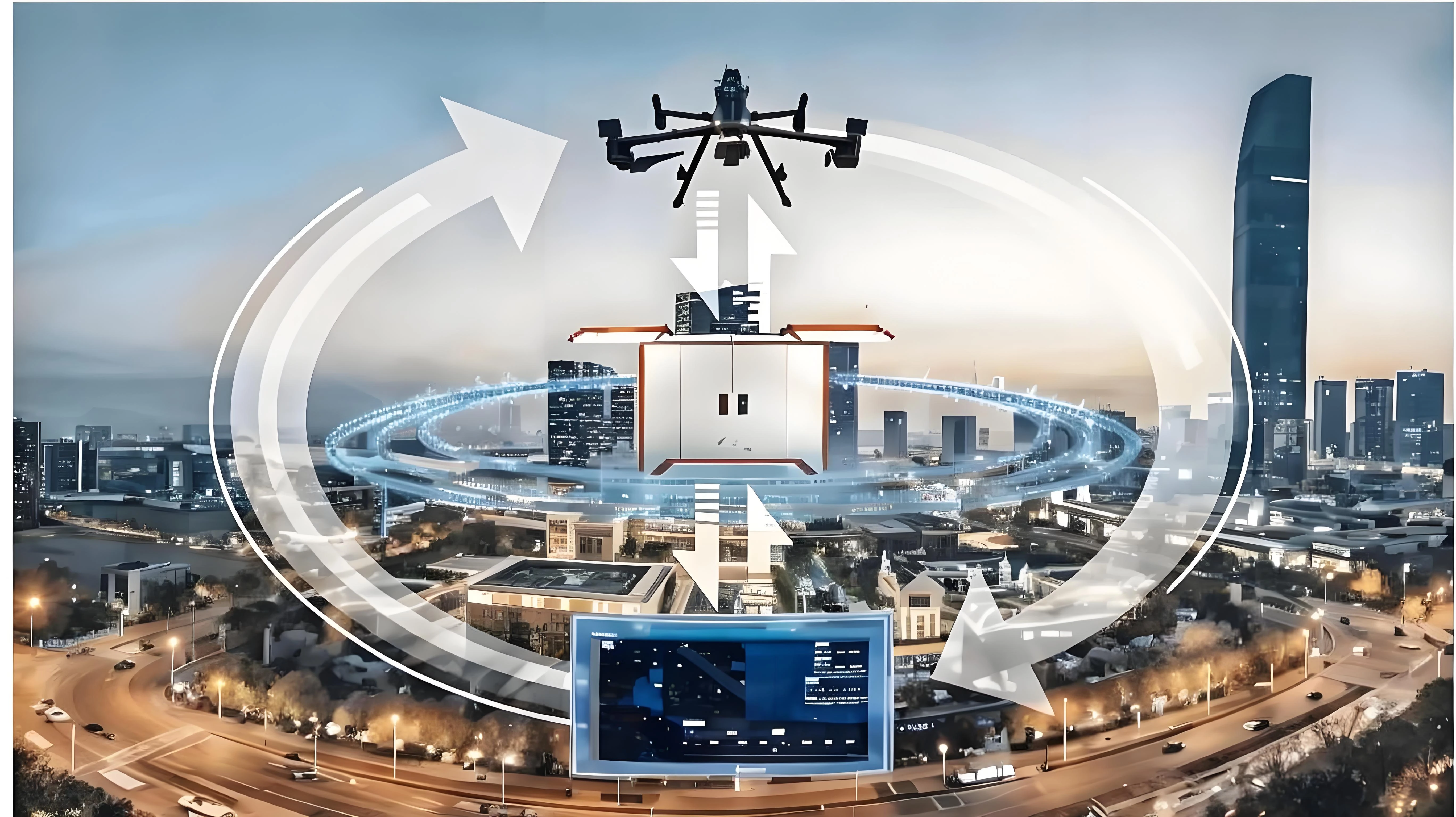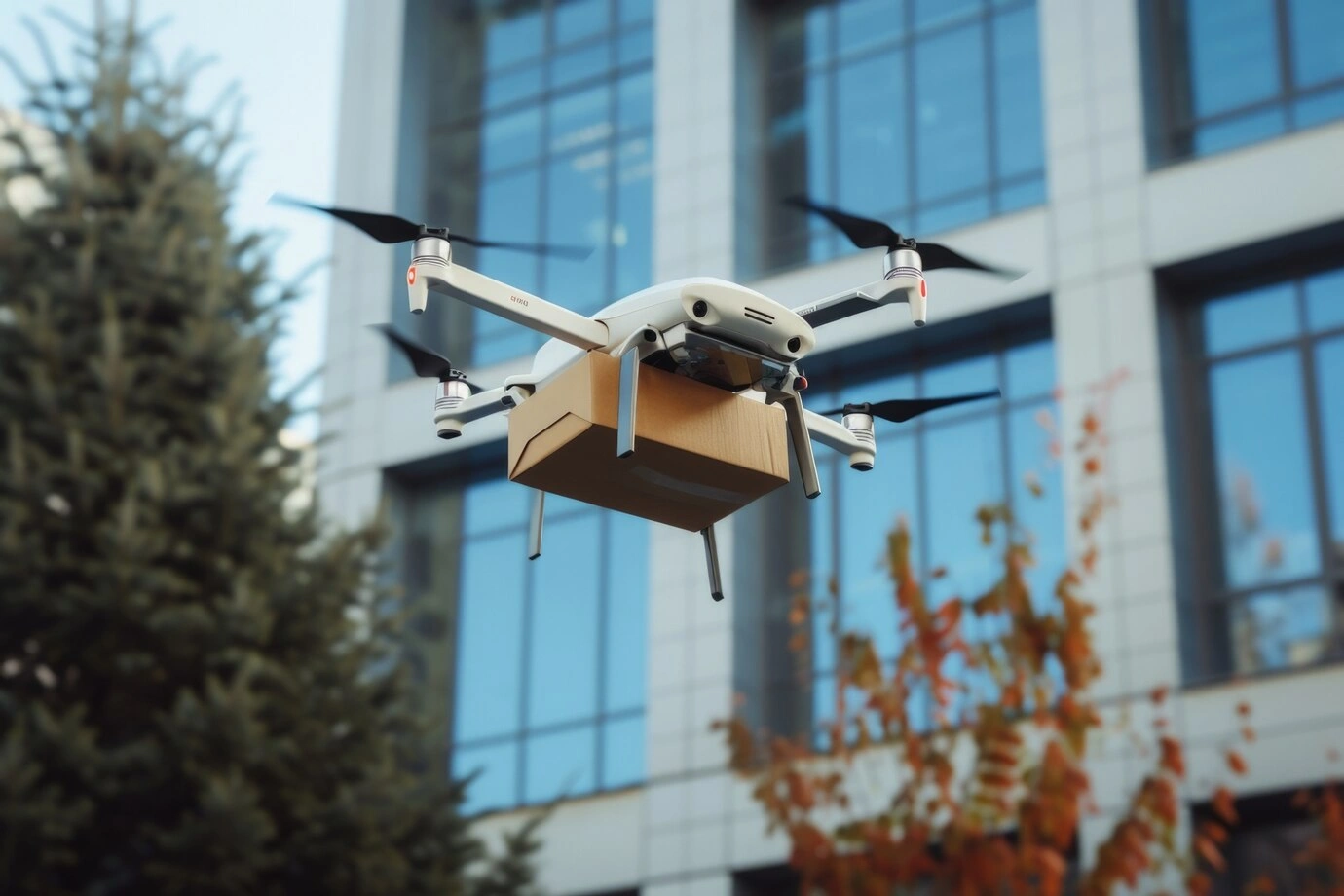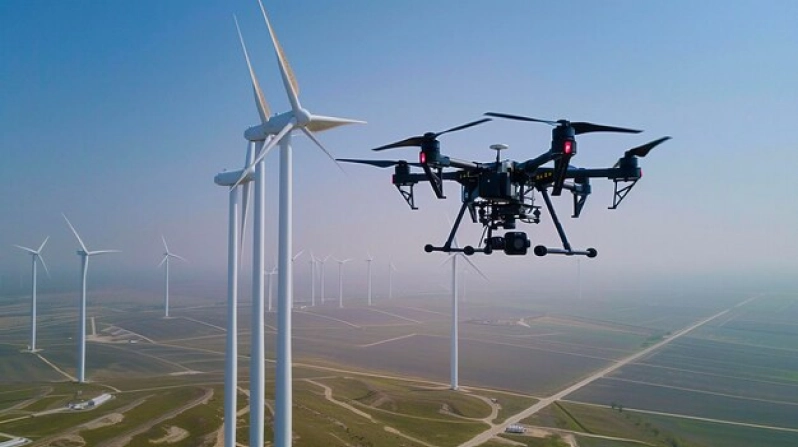Introduction
In our daily lives, the term “3D product design” is quite familiar, and we often see a wide range of products created using this technology. But do you really understand what 3D product design means and what advantages it offers? In this article, we will take you on a deep dive into 3D product design services, exploring their core benefits, areas of application, and how to choose the right design service to streamline your product development process and boost your product’s market competitiveness.
The Rise of 3D Product Design Services
What is 3D Product Design?
3D product design is the process of creating products using three-dimensional (3D) modeling technology. This technology allows designers and manufacturers to create, test, and modify product designs in a virtual environment, greatly reducing the need for physical prototypes. Through 3D design, it is possible to gain a clearer understanding of a product’s geometry, functionality, and aesthetic features.
Why Choose 3D Product Design?
Compared to traditional two-dimensional design, 3D design offers significant advantages in terms of accuracy and detail. With 3D modeling, designers can create a complete, all-around view of a product, showing every angle and detail in depth. This high level of visualization not only helps designers better understand and present the final product’s appearance and function but also allows for virtual simulations and performance testing. This makes it possible to identify and fix potential issues before production begins.
The ability to detect and solve problems early on significantly reduces errors and associated costs during the production process. Additionally, 3D design speeds up product development and iteration, enabling companies to bring new products to market more quickly. This speed advantage allows businesses to respond rapidly to market demands, gain an early lead, and secure a larger market share in a highly competitive environment.
Applications of 3D Product Design
3D product design technology has played a critical role across various industries, accelerating product development and driving industry progress through its powerful virtual modeling capabilities. Here are some examples of how 3D product design is applied in different fields and the benefits it offers:
Industry | Application Examples | Advantages of 3D Product Design |
Automotive | Designing and optimizing complex mechanical components, such as engines, suspension systems, and body structures. | Improves performance and safety, shortens development cycles, and enhances design accuracy and engineering efficiency. |
Aerospace | Designing and testing high-precision aircraft components like wings, engines, and fuselage structures. | Ensures reliability in extreme environments and supports the precise manufacturing of complex parts. |
Consumer Electronics | Rapidly iterating product appearance and functionality, such as smartphones, home appliances, and wearable devices. | Meets market demand for innovation and high performance, speeding up time-to-market. |
Medical Devices | Developing ergonomically designed medical equipment, such as prosthetics, surgical tools, and dental devices. | Enhances treatment effectiveness and comfort, supports personalized medical solutions. |
Fashion | Creating samples of clothing and accessories, such as shoes, jewelry, and handbags. | Increases design efficiency, shortens production cycles, and supports creative expression and market demand. |
Home Goods | Designing and optimizing furniture and home decor, such as tables, chairs, and lighting fixtures. | Improves functionality and aesthetics, supports customization and small-batch production. |
Industrial Equipment | Designing and manufacturing complex industrial machinery and tools, such as transmission systems and automation equipment. | Increases production efficiency, supports customized solutions, and reduces the need for physical prototypes. |
Toys | Creating and testing children’s toys and educational products, such as building blocks, models, and interactive toys. | Supports safety testing and creative design, reducing development time and costs. |
Sports Equipment | Designing and optimizing sports gear, such as bicycles, treadmills, and fitness equipment. | Enhances product performance and user experience, balancing functionality and aesthetics. |
Architecture and Interior Design | Creating architectural models and interior layouts for residential, commercial spaces, and landscape designs. | Provides clearer design presentation, supports virtual reality displays, and facilitates client communication. |
Key Features of 3D Product Design
High-Precision Modeling
3D product design software can generate highly accurate digital models with precision down to the micron level. This level of detail ensures that every component and connection point strictly adheres to design specifications, preventing potential manufacturing issues. With this precise modeling technology, designers can showcase every detail of a product, including complex geometries and tiny functional parts. Such accuracy is crucial for producing high-quality and high-performance products, as it effectively minimizes the need for later adjustments and ensures that the final product meets the expected standards in both performance and appearance.
Virtual Prototyping
Virtual prototyping is a key feature of 3D product design. By creating virtual prototypes, designers can thoroughly test a product’s functionality and performance before actual manufacturing begins. This method allows for the simulation and evaluation of various aspects of the product in a digital environment, including its operational performance, durability, and user experience. The use of virtual prototypes not only significantly saves time and production costs but also allows for the early detection of potential issues during the design phase, enabling necessary adjustments and optimizations. This predictive testing capability allows designers to iterate and refine the product multiple times before it goes into production, thereby improving the final product’s quality and reliability.
Design Iteration and Optimization
3D design technology greatly enhances the ability to iterate and optimize during product development. Designers can quickly and easily make changes to the model in a virtual environment and immediately see the effects of those changes. This real-time feedback mechanism not only improves the efficiency of the design process but also provides designers with greater creative freedom, allowing them to continuously adjust and refine their designs. With this flexibility, teams can quickly respond to market demands and customer feedback, adjusting product features and functions to better meet the expectations and needs of their target users. This efficient iterative capability not only accelerates the time to market but also helps businesses stay ahead in a competitive market.
Cutting-Edge Technologies in 3D Product Design
Artificial Intelligence and Machine Learning
Artificial Intelligence (AI) and Machine Learning (ML) are significantly transforming how 3D product design is done. With AI and ML, modern design software can automatically detect and fix potential errors in designs, reducing human errors and improving design quality. AI algorithms analyze vast amounts of design data, offering intelligent design suggestions and helping designers explore more innovative solutions while automatically adjusting design parameters based on real-world requirements. Additionally, machine learning optimizes complex design processes by learning from historical design cases, enhancing both design efficiency and accuracy. This smart design support accelerates product development cycles and significantly enhances precision and consistency, allowing designers to focus more on creative work rather than tedious details.
Augmented Reality and Virtual Reality
Augmented Reality (AR) and Virtual Reality (VR) technologies are greatly enhancing the intuitiveness and interactivity of 3D design. With AR and VR devices, designers can view and manipulate 3D models in an immersive virtual environment. These technologies allow designers to observe models from different angles and scales and simulate real-world usage scenarios to better understand spatial relationships and user experiences. AR can overlay virtual models onto real-world settings, helping designers assess how products will perform in actual environments, while VR provides a fully virtual space for an immersive design experience. These advanced technologies promote the evolution of 3D design by expanding its applications—from prototyping to user testing—providing more comprehensive and realistic feedback to further enhance accuracy and efficiency.
Cloud Computing and Collaboration Platforms
Cloud computing and collaboration platforms have greatly enhanced the ability of 3D design teams to work together across different locations. In the cloud, team members can access and edit design files anytime and anywhere, enabling real-time collaboration and synchronized updates, which significantly improves work efficiency and communication. This remote collaboration eliminates geographical barriers and allows seamless teamwork and instant feedback within a single project, avoiding delays and misunderstandings typical of traditional design workflows.
Additionally, cloud computing provides powerful computational resources to support complex simulations and rendering tasks. Designers can use high-performance cloud computing to handle large-scale data processing and high-quality visual rendering without worrying about the limitations of local computing devices. This not only speeds up the design verification and optimization process but also enhances the precision and quality of the final design, allowing teams to tackle more complex design challenges in a shorter time frame.
3D Product Design Service Process
Requirements Analysis
Before starting the design process, it’s crucial to have detailed discussions with the client to fully understand their specific needs and expectations. This phase includes an in-depth exploration of the product’s functional requirements, dimensions, material specifications, and desired aesthetic effects. By using methods like questionnaires, interviews, and on-site surveys, key information is gathered to ensure that the design direction aligns with the client’s actual needs and market trends.
Concept Design
Based on the results of the requirements analysis, an initial concept design is drafted. This phase typically involves hand-drawn sketches and simple 3D models to showcase the basic shape, structure, and function of the product. The primary goal of the concept design is to provide the client with a preliminary visual representation and gather feedback to ensure the design direction meets their expectations.
Detailed Design
Once the concept design is approved by the client, the process moves to the detailed design phase. This step involves creating precise 3D models, detailed structural designs, and conducting functional tests. Designers use professional software to build high-precision digital models and perform structural analysis to ensure the design meets both visual and functional standards. This phase also includes collaboration with the engineering team to ensure manufacturability and appropriate material selection.
Prototype Testing
After completing the detailed design, a product prototype is created for testing. The prototype testing phase involves producing a physical prototype and conducting a series of tests to verify its function, performance, and durability. Designers make necessary adjustments and optimizations based on the test results to ensure the product performs well in real-world applications, meeting client expectations and market standards. This stage may involve multiple rounds of testing and modifications to guarantee the final product’s quality and reliability.
How to Choose the Right 3D Product Design Service
Consider Design Requirements
The first step in selecting a 3D product design service is to clearly define your specific design requirements. This is crucial, as different projects may require different design tools and technologies. For example, complex mechanical designs may necessitate the use of high-precision CAD (Computer-Aided Design) software to ensure every detail is accurately represented and meets strict engineering standards. CAD software provides comprehensive geometric modeling, mechanical analysis, and functional validation to help designers achieve precise engineering designs in a virtual environment.
On the other hand, if your project involves fashion design, such as clothing and accessories, the focus may be more on aesthetics and surface effects. Such designs often require 3D rendering tools that can showcase textures, colors, and glossiness. These tools help designers simulate the actual material effects in a virtual environment and create visually striking, high-quality renderings.
Therefore, when choosing a 3D product design service, clearly defining your design needs and goals can help you select the most suitable design tools and technologies, ensuring that the final design meets both functional requirements and visual expectations.
Evaluate Software Capabilities
There are numerous 3D design software options available, each with unique features and capabilities. When choosing the right software, several key factors need to be considered. First, the software should have the core features required for the project, such as precise modeling tools, robust rendering capabilities, comprehensive simulation functions, and convenient collaboration support. The modeling tools should allow the creation of complex geometries, the rendering tools should provide high-quality images and animations, and the simulation functions should help predict the product’s performance in actual use.
Additionally, the software’s usability and learning curve are also crucial considerations. Choosing user-friendly software that is easy to operate can significantly reduce training time, enabling team members to become proficient more quickly. It is also helpful to check for available learning resources and community support, as these can help users quickly find solutions when problems arise.
Consider Budget and Costs
The cost of 3D product design services varies depending on the software used and the service provider. When setting a budget, several factors need to be considered, including the cost of purchasing or subscribing to software, necessary training and technical support fees, and potential hardware upgrades and maintenance costs. Choosing a cost-effective solution can help control overall expenses while enhancing design quality and efficiency. Investing in high-performance software and hardware, and selecting service providers that offer quality training and technical support, will help ensure that the company maximizes cost-effectiveness while optimizing product design.
Recommended 3D Product Design Tools
AutoCAD
AutoCAD, developed by Autodesk, is a classic design software widely used in the fields of architecture, engineering, and manufacturing. Its 3D modeling features allow users to create precise 3D models and perform detailed design and analysis. AutoCAD offers a variety of tools for drawing and modifying 3D geometries, including Boolean operations, surface modeling, and solid modeling. It supports seamless transitions from 2D sketches to fully developed 3D models and can generate detailed engineering drawings and documentation, making it suitable for professional applications that require high precision and complex design.
SolidWorks
SolidWorks, developed by Dassault Systèmes, is a professional 3D design software particularly well-suited for industrial design and mechanical manufacturing. It offers powerful capabilities for creating complex parts and assembly models. Key features of SolidWorks include parametric modeling, assembly simulation, stress analysis, and motion simulation, supporting the entire process from conceptual design to production. Additionally, SolidWorks provides a user-friendly interface and a rich resource library, making it a preferred tool for engineers and designers.
Blender
Blender is a free and open-source 3D modeling tool suitable for various design projects, including animation, game development, and visual effects. It provides a wide range of functions, such as modeling, sculpting, texture painting, rendering, and animation. Blender’s node-based material editor and real-time rendering capabilities make it highly effective for creating high-quality visual effects. As an open-source platform, Blender has an active community that offers a large number of plugins and extensions to meet various creative and technical needs.
Conclusion
By effectively utilizing 3D product design services, you can significantly enhance both the efficiency and quality of product development, transforming ideas into reality more rapidly. In a constantly evolving market, this technology not only adds a competitive edge to your products but also opens up greater opportunities for innovation. Whether you aim to optimize existing products or create entirely new designs, 3D product design services will be a powerful tool to help you achieve your goals.




